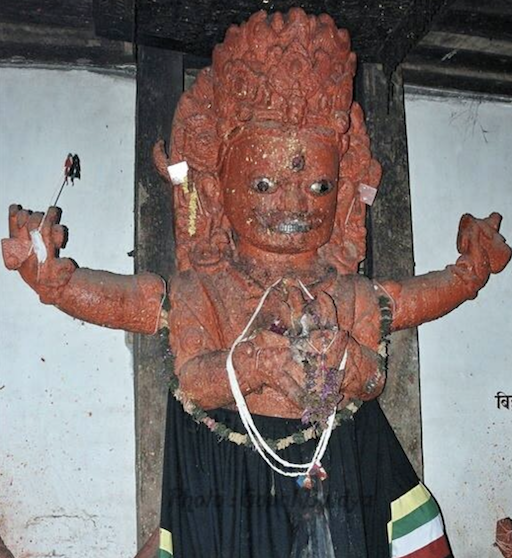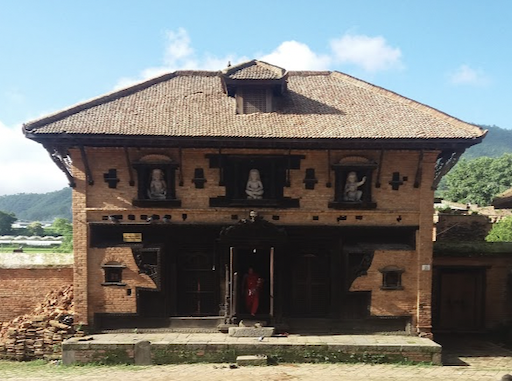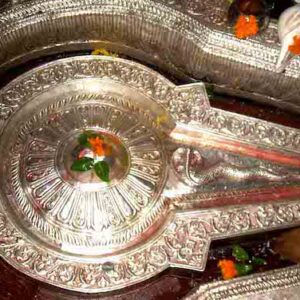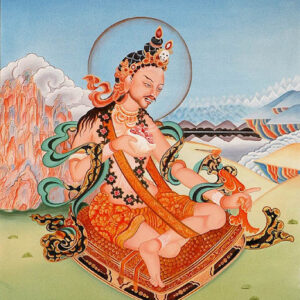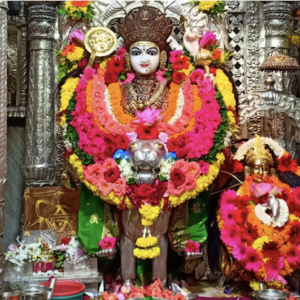This is a Unmatta Bhairav temple in Panauti.
There is a place to sit and meditate. You can go into meditative states here effortlessly.
How to Get there
This temple is next to Tribeni Ghat in Panauti south of Indreshwor Mahadev Temple.
Map: https://maps.app.goo.gl/vnwSmsSZQreHFThBA
Unmatta Bhairav
Unmatta Bhairab Temple is in typical traditional Nepalese style of 16th Century AD with its construction dating from this period. The fantastic carved doors and windows are testament to the highly developed skills and sensitivity of the local craftsmen.
BHAIRAB is one of the many forms of the Hindu God MAHADEV (SHIVA) and an image of him in his peaceful and most passionate form (UNMATTA) is in the Inner Sanctum of the temple. Extremely rare wooden images of saints appear from the upper floor window, looking down on the devotees.
The Unmatta Bhairav temple stands directly to the south of the much larger Indreshwar Mahadev temple, which it faces. According to the Panauti Museum, the temple honors the god Bhairav in “his peaceful and most passionate form (Unmatta)”.
The temple is a two-story rectangular brick building that resembles a residential structure. In fact, it is a dyoche or dyochhen, meaning “house of the divinity”. From an architectural perspective, the dyoche is indistinguishable from a private residence apart from the torana mounted over the front door, the decoration of the windows and portals, and certain other details. As Korn notes, “It may be incorrect to describe buildings of this type as temples, because they are called, even in Newari, Dyocchens, which means god’s house” (Korn, p. 72). Unlike many other dyoche, there are no gajur (gilded finials) on the roof, making this a comparatively modest example of the archetype.
The building’s most notable feature is the presence of three open windows on the upper floor, from which wooden figurines gaze northward toward the Indreshwor Mahadev. Dowman identifies these as Mahasiddha Gorakhnath (a 10th or 11th century Hindu yogi and saint) in various mudras (hand positions). On the ground floor, the large open hall is lined with eight stone sculptures of the Ashtamatrikas (Eight Matrikas) and their assistants. On the west side of the floor is the main wooden image of Unmatta Bhairav. Opposite him, at the east end, is a mask of the same deity, which is brought outside the building during the annual Jyeshtha Purnima holiday in mid-summer.
Source
https://panautimuseum.org.np/elementor-205/
https://www.orientalarchitecture.com/sid/1491/nepal/panauti/unmatta-bhairav-temple
